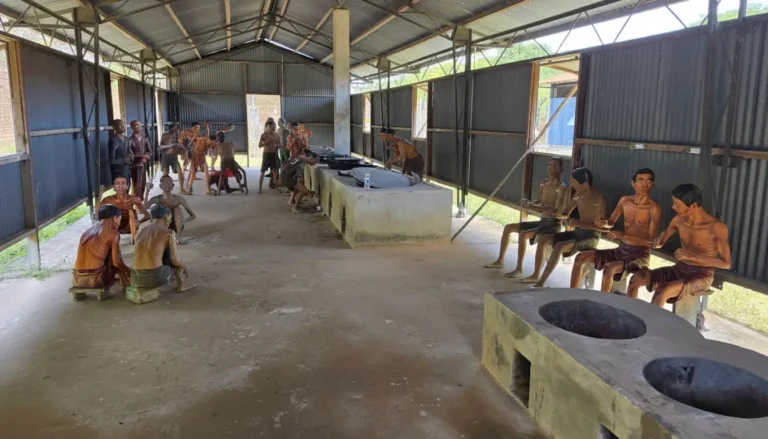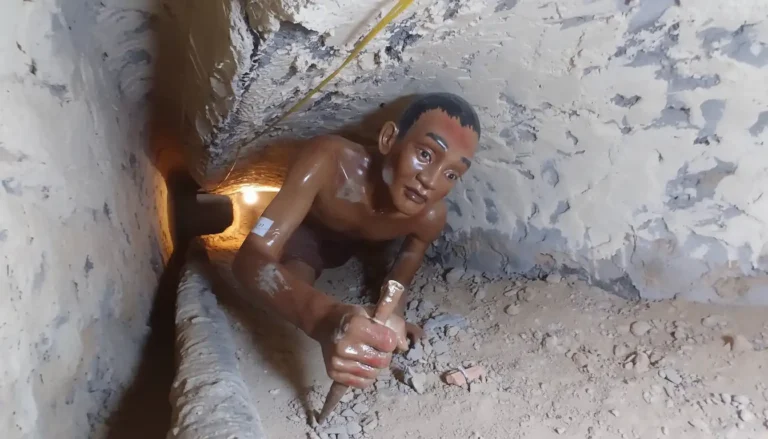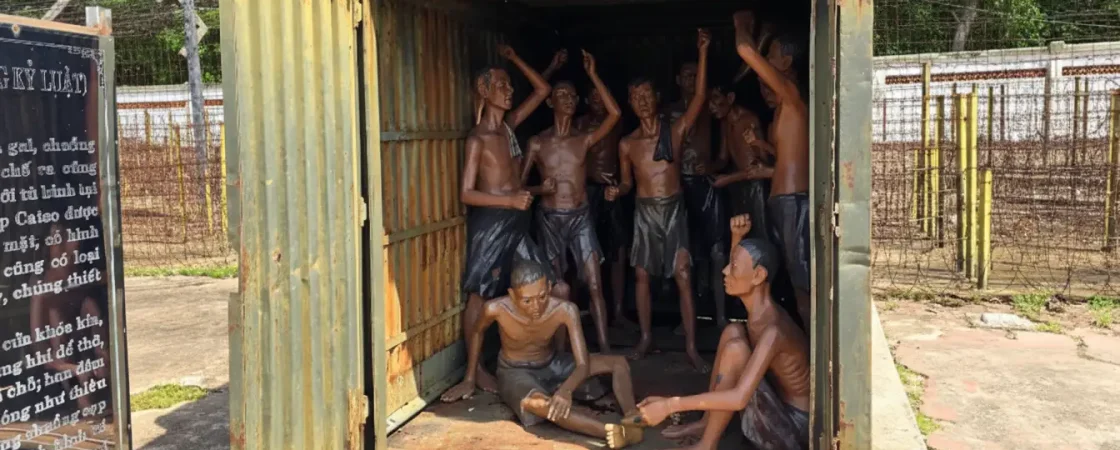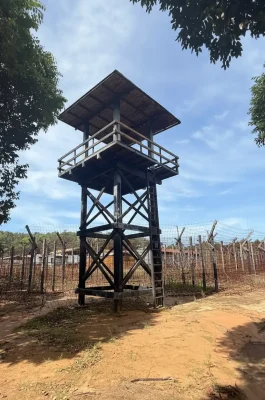Phú Quốc Prison History Museum: A Sobering Journey into Vietnam's Past
The Phú Quốc Prison History Museum (Vietnamese: Nhà tù Phú Quốc), also commonly known as the Coconut Tree Prison (Nhà tù Cây Dừa), stands as a powerful and somber national relic in the south of Phú Quốc Island. It serves as a stark reminder of the immense suffering and indomitable spirit of Vietnamese revolutionary soldiers and political prisoners during both the French Colonial Era and the Vietnam War. Visitors encounter the harsh realities of wartime imprisonment through preserved structures and lifelike exhibits.
History and Cultural Significance
The French colonialists first established the prison in 1946 to detain Vietnamese dissidents. However, it achieved its notorious reputation during the Vietnam War (1967–1973) when the US-backed South Vietnamese government expanded it into the largest prisoner-of-war (POW) camp in the south, holding over 40,000 prisoners at its peak. They called the camp An Thoi POW Camp.
The site is recognized as a Special National Relic by the Vietnamese government. It does not merely represent a place of pain; it also commemorates the sacrifices and heroic resilience of those who endured inhumane conditions and brutal torture methods to fight for the nation’s independence and reunification. You understand the depth of the historical struggle when you walk the grounds.

Key Exhibits and Visitor Experience
The museum faithfully recreates the former detention areas and barracks, allowing visitors to visualize the harrowing daily life inside. The experience focuses on the prisoners’ fight for survival.
B2 Section: This is the most notable area. It features graphic, life-sized mannequin exhibits that depict the cruel torture techniques used by the guards. You see realistic reenactments of “tiger cages” (small, restrictive iron cages), nail driving, tooth breaking, and various other barbaric methods.
Artifact Gallery: The museum displays over 100 documentary photos and numerous artifacts, including personal items of the former prisoners and the tools of torture used by the captors.
Martyrs’ Memorial: Visitors pay respect at the memorial dedicated to the thousands of soldiers who died in the prison. The monument symbolizes the steadfast will and heroic departure from the “hell on earth.”
A critical note for visitors: The graphic nature of the exhibits means this site is not recommended for young children or sensitive individuals.

Practical Visitor Information
Plan your visit to fully absorb the historical significance of the site.
Address: Find the museum at 350 Đường Nguyễn Văn Cừ, An Thới, Phú Quốc, Kiên Giang, Vietnam. It is located near the southern tip of the island.
Operating Hours: The prison generally opens daily in two main shifts. Check current times, but they are typically 8:00 AM – 11:30 AM and 1:30 PM – 5:00 PM.
Admission Fee: Entry to the Phú Quốc Prison History Museum is free of charge. You can hire a local guide at the entrance for an in-depth tour, costing approximately 100,000 to 200,000 VND.
Etiquette: Visitors should dress modestly and maintain respectful behavior throughout the site. Do not take inappropriate photos in the sensitive reenactment areas.









